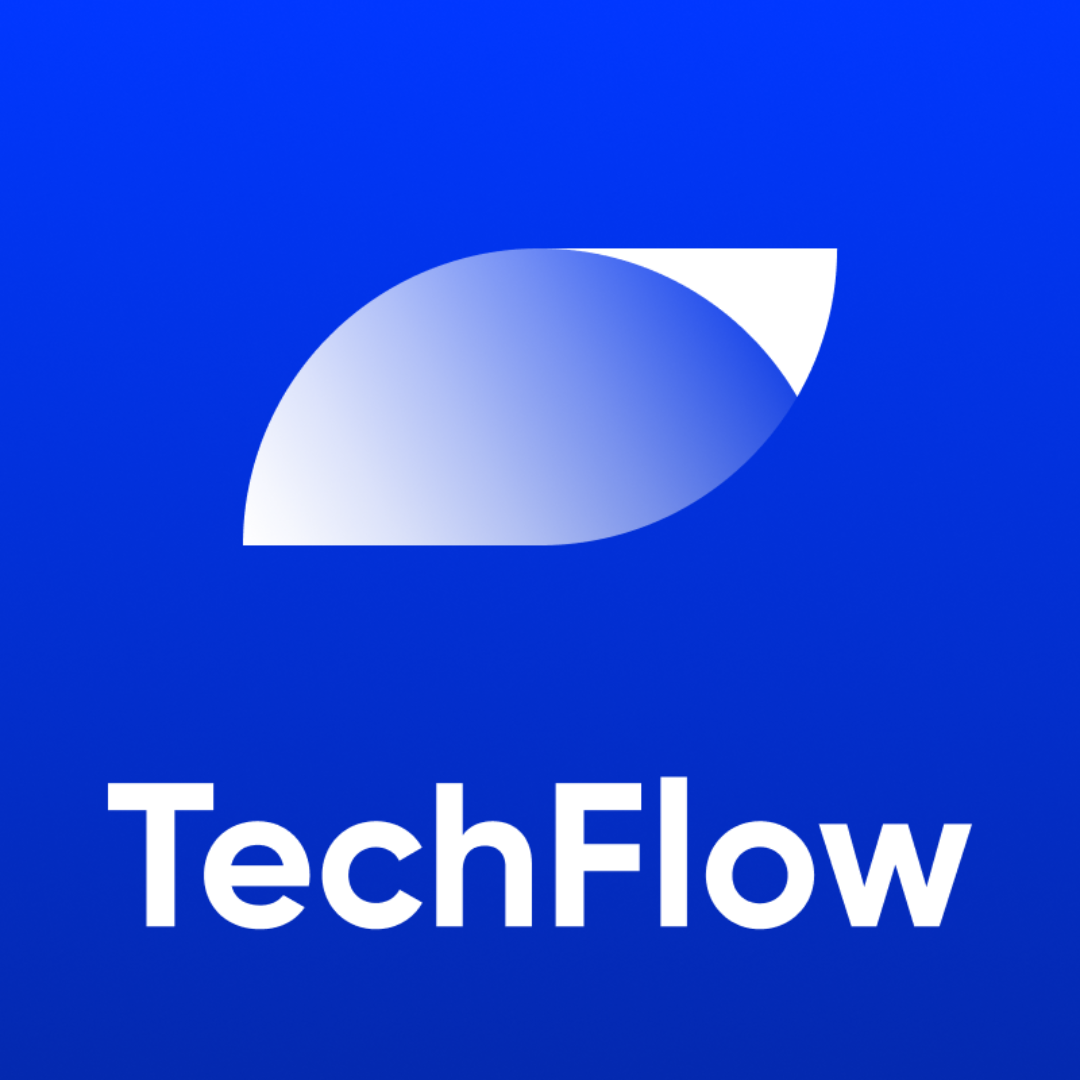a16z合伙人:抑制区块链的「赌场文化」,将价值返还给网络参与者
Original author: STANFORD BLOCKCHAIN CLUB
Original compilation: Deep Chao TechFlow
In this article, A16z Partner Chris Dixon places blockchain in the broader context of the history of the Internet and the network economy, discussing the importance of tokens, blockchain’s casino culture and computer culture, and how blockchain is redefining Digital ownership concept. Simply put, by returning value to the users and creators of the network, blockchain achieves technological breakthroughs, breaks the mold of traditional networks, and opens up new possibilities for innovation.
introduce
The Internet is arguably one of the most important inventions of the postwar era and is the technological foundation for modern comfortable life. Although the Internet began as an open and non-profit network, today most of its value is captured by a handful of large technology companies such as Google, Meta, and Amazon. However, in READ WRITE OWN, we propose a perspective that sees blockchain as a new turning point in the evolution of the Internet.
(Editors note: The book READ WRITE OWN was written by A16z partner Chris Dixon. This book explores the power of blockchain to reshape the future of the Internet and how it affects us all)
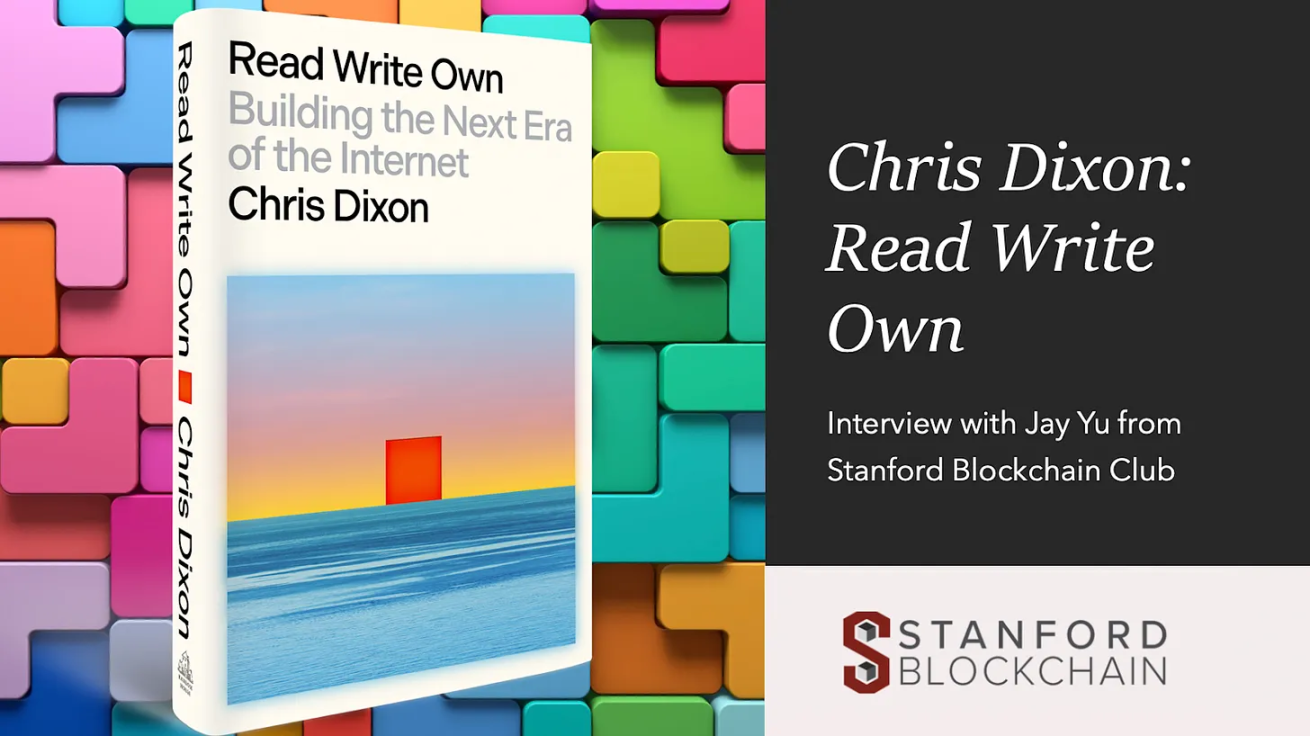
In this article, we will explore some of the major themes in READ WRITE OWN, such as placing blockchain within the broader context of the history of the Internet and the network economy, discussing the importance of tokens as new digital tools, cryptography Casino culture and computer culture in the currency field, and how blockchain can reshape the concept of digital ownership. In doing so, we will demonstrate how blockchain can enable technological breakthroughs, redefine ownership dynamics, and unlock new possibilities for innovation by returning value to users, creators, and entrepreneurs at the “edge” of the network.
Network Economy and Internet History
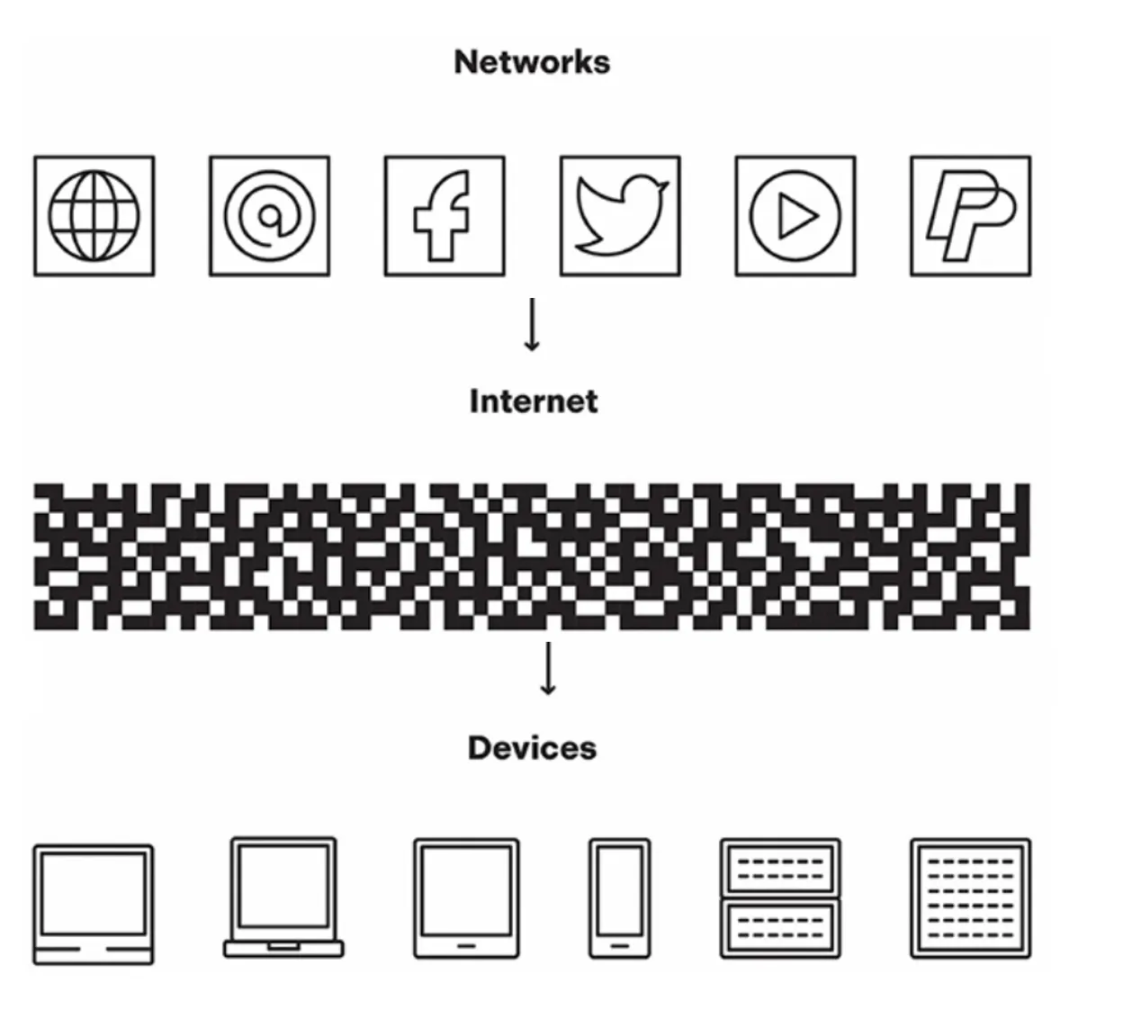
network stack
To understand the technical and cultural significance of blockchain, we need to place it within the broader historical context of the Internet. Fundamentally, what we call the Internet today is a complex network of networks composed of multiple network protocol technology layers, forming the Internet protocol stack. This extends from basic network transport protocols such as IP or Internet Protocol, to application layer network protocols such as SMTP (Simple Mail Transfer Protocol) for email or HTTP (Hypertext Transfer Protocol) for the World Wide Web, to specific More abstract social networks within applications, such as Facebook and X (formerly known as Twitter).
Much of the value of the Internet, such as our social networks, financial histories, and medical records, is recorded on these interconnected network structures. Therefore, to understand the modern Internet, we need to understand network design, because the design of these networks directly affects how money and power flow through network systems.
Before the emergence of blockchain technology, there were two main types of network economic designs: protocol networks and enterprise networks.
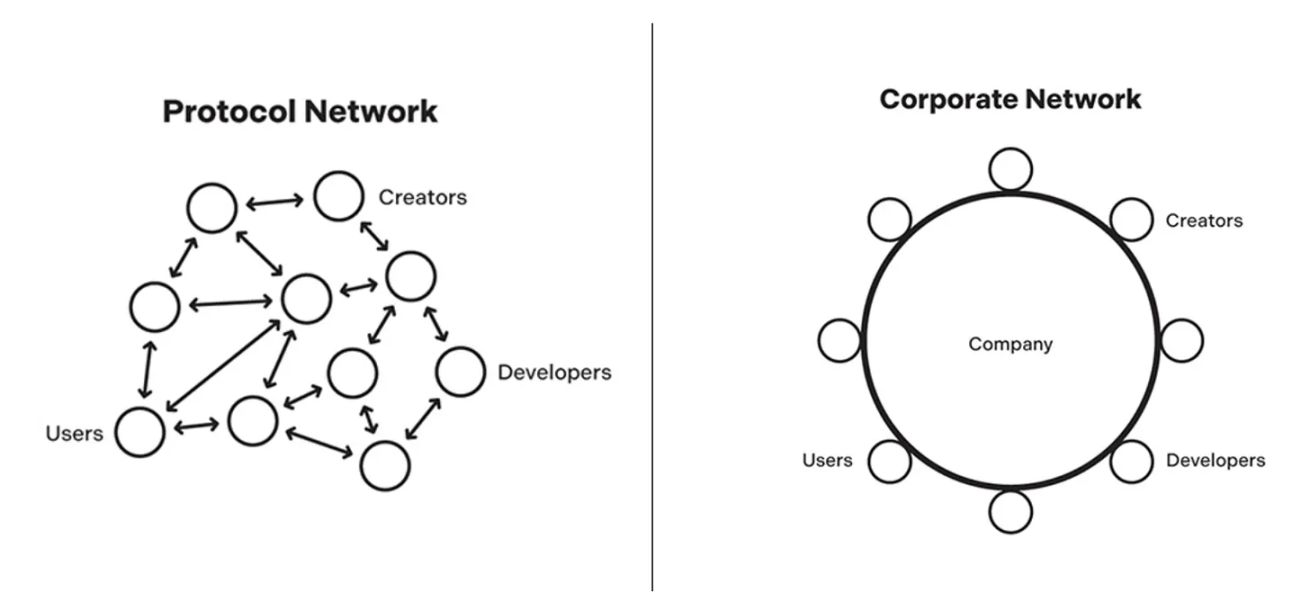
Protocols and Enterprise Networks
A protocol network is defined by a set of open source rules that describe how different participants in the network interact with each other. Since the protocol is completely open source, any participant can easily bootstrap an application using this code, and all value is owned by the participants of the protocol rather than by any centralized entity charging exorbitant network usage fees. Like all networks, the value of a protocol increases as more participants join the network. One of the most classic examples of protocol networking is RSS (Really Simple Syndicate), an open source web feed format that allows users to subscribe to content from other users and websites they follow. This open source protocol is commonly used to subscribe to content such as blog entries, news headlines, and podcast episodes.
Enterprise networks, on the other hand, are closed-source networks, such as Facebook or Twitter, where a single company designs, maintains, and distributes the network to promote its own corporate interests. While these enterprise networks support APIs and an ecosystem of external developers and creators on their platforms, their interests are secondary to the profit-seeking motives of the core companies. As a result, many enterprise networks have very high “acquisition rates,” where much of the value created by creators, developers, and other users on the network is owned by the platform rather than the users themselves.
As the modern Internet has matured, we have systematically seen closed corporate networks like Facebook or Twitter triumph over open protocol networks like RSS. For example, Twitter actually started out as an easy-to-use front end that supported RSS, but gradually users came to rely entirely on Twitters platform and network rather than RSS. Eventually, Twitter completely supplanted RSS in popularity, and the company decided to end support for RSS feeds in 2013.
One of the core reasons why these enterprise networks are able to leverage and displace these open protocol networks is that they are well-funded, well-designed, and able to advance their own strategic interests. For example, platforms like Amazon, YouTube and Uber were initially more than happy to take losses to subsidize their growth and attract users to their platforms. On the other hand, many protocol networks lack systemic funding to continue developing and maintaining projects due to their decentralized nature, and many developers maintain the network out of pure goodwill. As a result, these open protocol networks cannot compete with enterprise networking dollars. All of this greatly undermines the basic ethos of the Internet as an open public space for sharing and advancing knowledge.
Tokens, computers and casinos
Blockchain, on the other hand, introduces a new form of network economics that combines the openness of protocol networks with funding mechanisms that allow them to compete with enterprise network teams. This is achieved by introducing “tokens” as units representing ownership and value in blockchain applications.
Take Bitcoin, for example, the oldest and most well-known blockchain project. The Bitcoin blockchain essentially acts as a massive, decentralized ledger (similar to an Excel spreadsheet) that permanently records all financial transactions on the network. This ledger is maintained and replicated on millions of computers around the world called miners or validators on the network. They are rewarded with Bitcoin tokens for maintaining this ledger, determined through an algorithm called “proof of work.” In essence, Bitcoin is both a unit of value and a measure of ownership that incentivizes network participants to behave in specific ways, such as maintaining a decentralized ledger of finance through a “proof-of-work” algorithm.
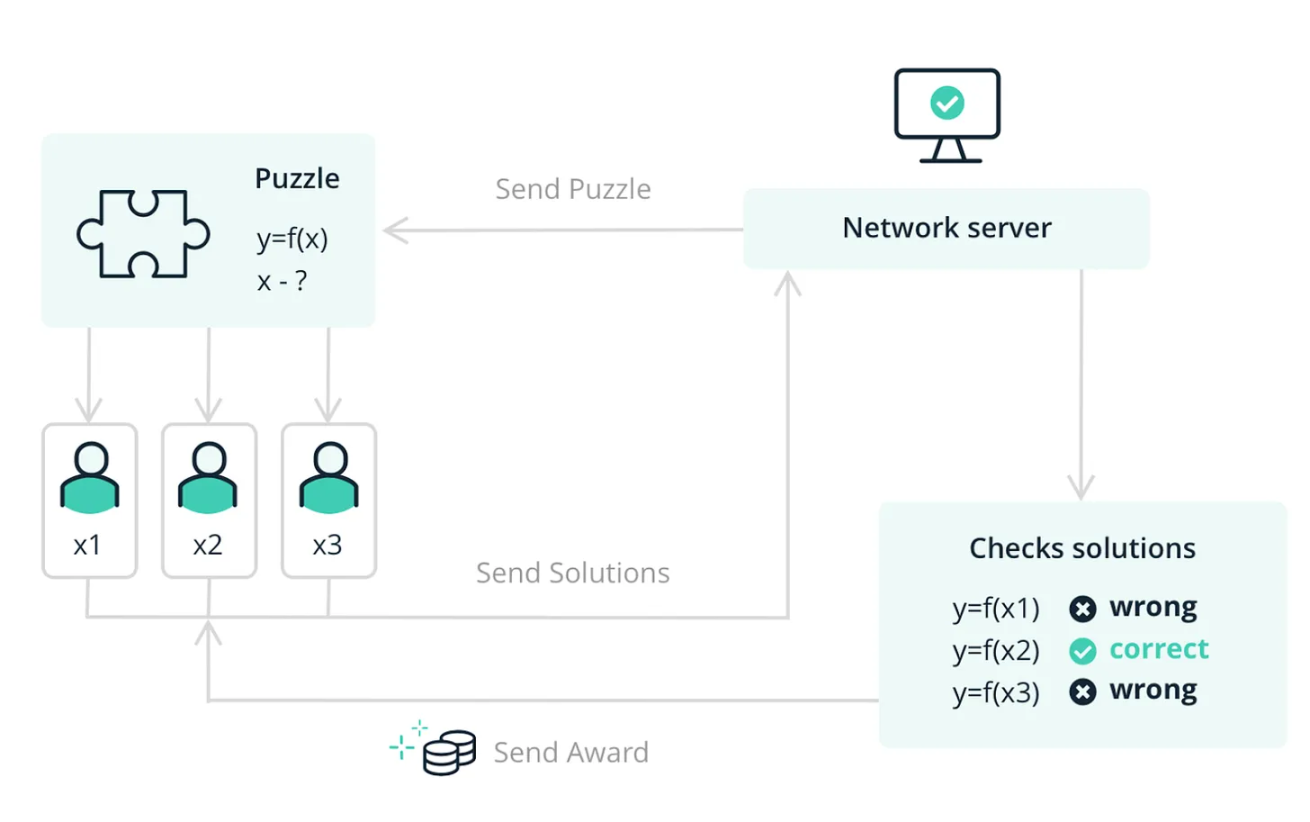
Overview of the proof-of-work algorithm
Tokens provide a flexible framework to coordinate behavior at scale, and we can easily replace Bitcoin’s proof-of-work reward algorithm with another algorithm in different applications. For example, Ethereum uses a “proof-of-stake” algorithm to extend Bitcoin’s Excel-like decentralized ledger into a fully Turing-complete global computer. All of this has created a new discipline in the blockchain industry called “tokenomics,” which combines elements of computer science, economics, and game theory to design effective token rewards for blockchain applications. system.
Unfortunately, the concepts of “coin” and “token” in cryptocurrency often conjure up negative connotations, making crypto to the masses and crypto nothing more than an unregulated online casino. While there are many bad actors in the blockchain space, such as Terra founder Do Kwon and FTX founder Sam Bankman-Fried, who exploit the novelty of the industry to commit fraud, this behavior obscures the real innovation and technological advancements in the industry.
Roughly speaking, cryptocurrency can be described as having two different cultures: computer and casino. Computer Culture represents developers, entrepreneurs, and the many visionaries who are able to place crypto within the context of the Internets broader history and understand the technical significance of blockchain in the long term. On the other hand, casino culture is more focused on short-term gains and profiting from price fluctuations.
We hope that the short-sighted and harmful effects of casino culture can be mitigated through stronger regulation and greater legal clarity. One potential solution could be to take full advantage of vesting schedules and time frames, locking tokens for a specified period of time through technical means such as staking or through traditional legal means such as contracts. In turn, this can promote longer-term development in the field, thereby promoting blockchain technology to become a force for social good.
Redefining digital ownership
The key to promoting a healthy, vibrant culture in the blockchain industry is to harness the power of “computer culture” within the crypto movement. Fundamentally, tokens allow blockchain to redefine the concept of ownership on digital networks. For many blockchain projects (such as Bitcoin and Ethereum), there is no one person or company that owns the network, because anyone who owns a network token (such as ETH or BTC) is the owner of the network and all protocols Code, such as the algorithm that determines token reward distribution, is open source. Therefore, the blockchain naturally inherits the open and collaborative spirit of the protocol network. At the same time, because tokens such as ETH and BTC represent units of value that can be exchanged for real currency, participants in blockchain networks are also able to fund project development and maintenance, thereby competing with corporate networks.
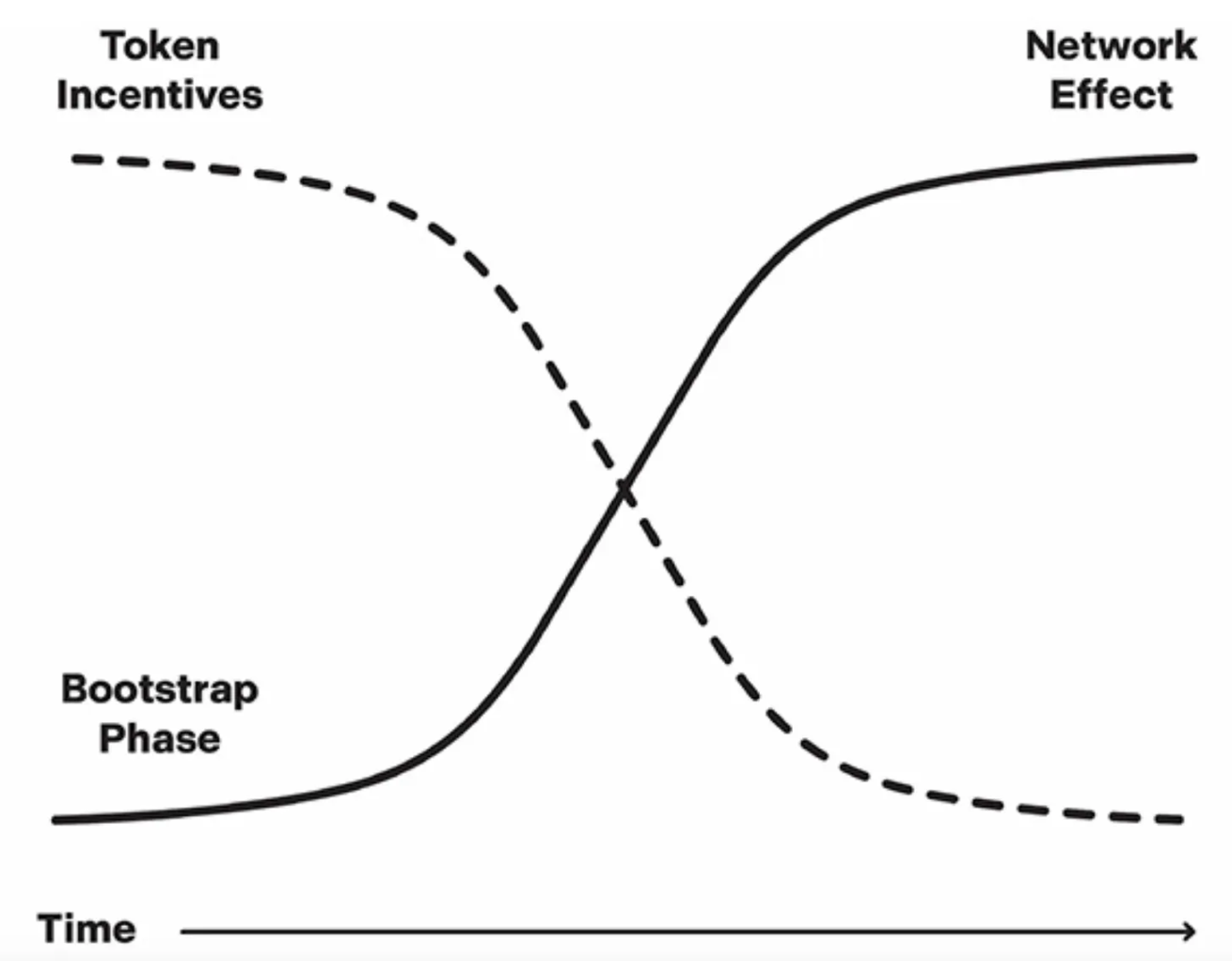
Token incentives and network effects
We are already seeing the potential to leverage tokens and other blockchain technologies as a force for social good and giving back to communities. For example, Helium uses HNT tokens to reward users for setting up wireless hotspot hubs to provide wireless connections and allow communities ignored by traditional Internet service providers to access the Internet. Through clever use of token incentives, Helium is able to launch an interconnected network of hot hubs to enjoy network effects. This is a prime example of how tokens can allow much smaller companies to overcome the traditional “cold start problem” and disrupt much larger giants, such as traditional Internet service providers. As the project matures, users who own HNT tokens will also be able to actively participate in the governance of the protocol, giving these early adopters a voice in the future direction of the project.
As such, blockchain structurally redefines the concept of digital ownership, redistributing network profits to the users and communities who first created this value. By creating a new incentive structure for network participants on an open protocol, blockchain breaks the winner-take-all model of enterprise networks and brings the Internet back to its original values of freedom, decentralization, and democracy .

Protocols, Enterprises and Blockchain Networks
The future of blockchain
Today, we are at a turning point in the cryptocurrency space. Over the past few years, blockchain infrastructure and technology have seen systematic improvements in many aspects, such as advances in zero-knowledge proofs, modular blockchains, and interoperability solutions. Just like GPU improvements paved the way for ChatGPT’s killer app, we believe blockchain infrastructure may soon enable a killer app in the cryptocurrency space, one that is as important as cryptocurrency’s “iPhone moment.” .
As the cryptocurrency industry turns a new page from a series of crashes over the past year and a half, we look forward to seeing the various new blockchain projects that may emerge, such as new social networks, games and metaverses, open source Financial infrastructure, and a new creator economy centered on artificial intelligence that will drive the next phase of the Internet.
Ultimately, blockchain represents the cutting edge of computing today, just as the Internet did in the 1990s. Unlike other cutting-edge technologies such as artificial intelligence and VR/AR, cryptocurrency represents a true disruptive force, redistributing value to the edge of the network, empowering the network’s creators, users and participants to become the true owners of the protocol, And build a new Read, Write, Own economy in the digital field.

